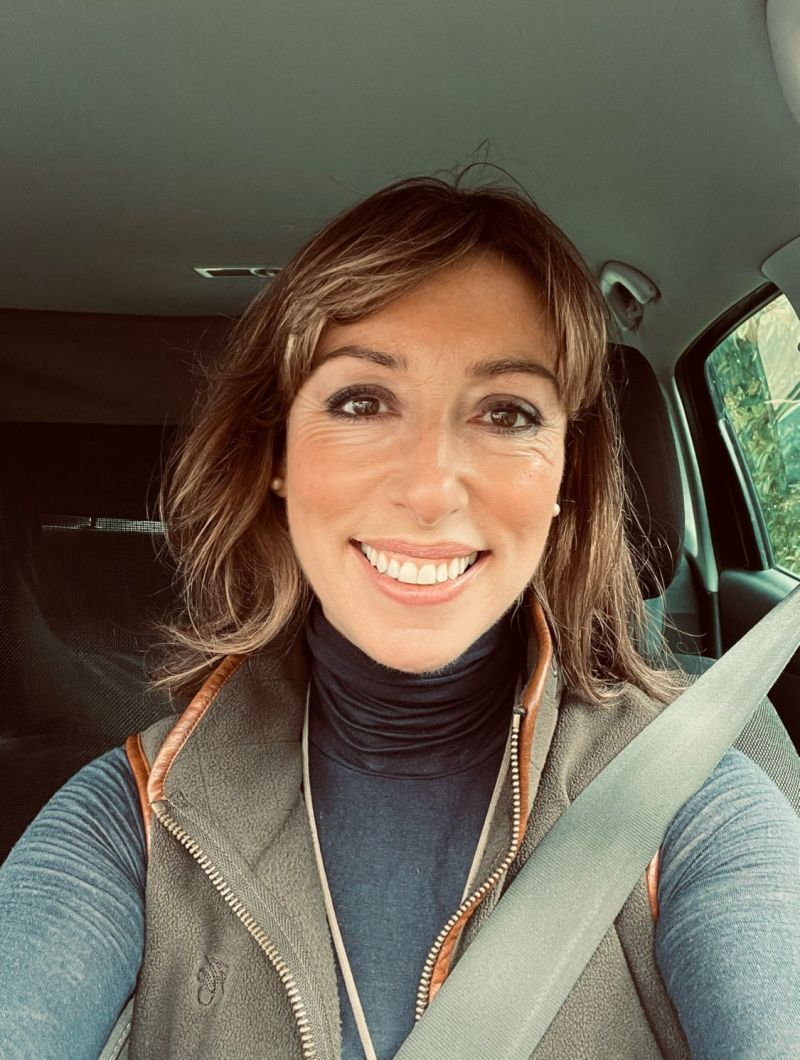Farming for our futures: The full story of How The Prince of Wales turned Sandringham organic
Over the past year, we have documented the Sandringham estate’s move to a fully organic enterprise. Here, The Prince of Wales tells Paula Lester why farming naturally and sustainably is so vital for the soil, wildlife and our own health.

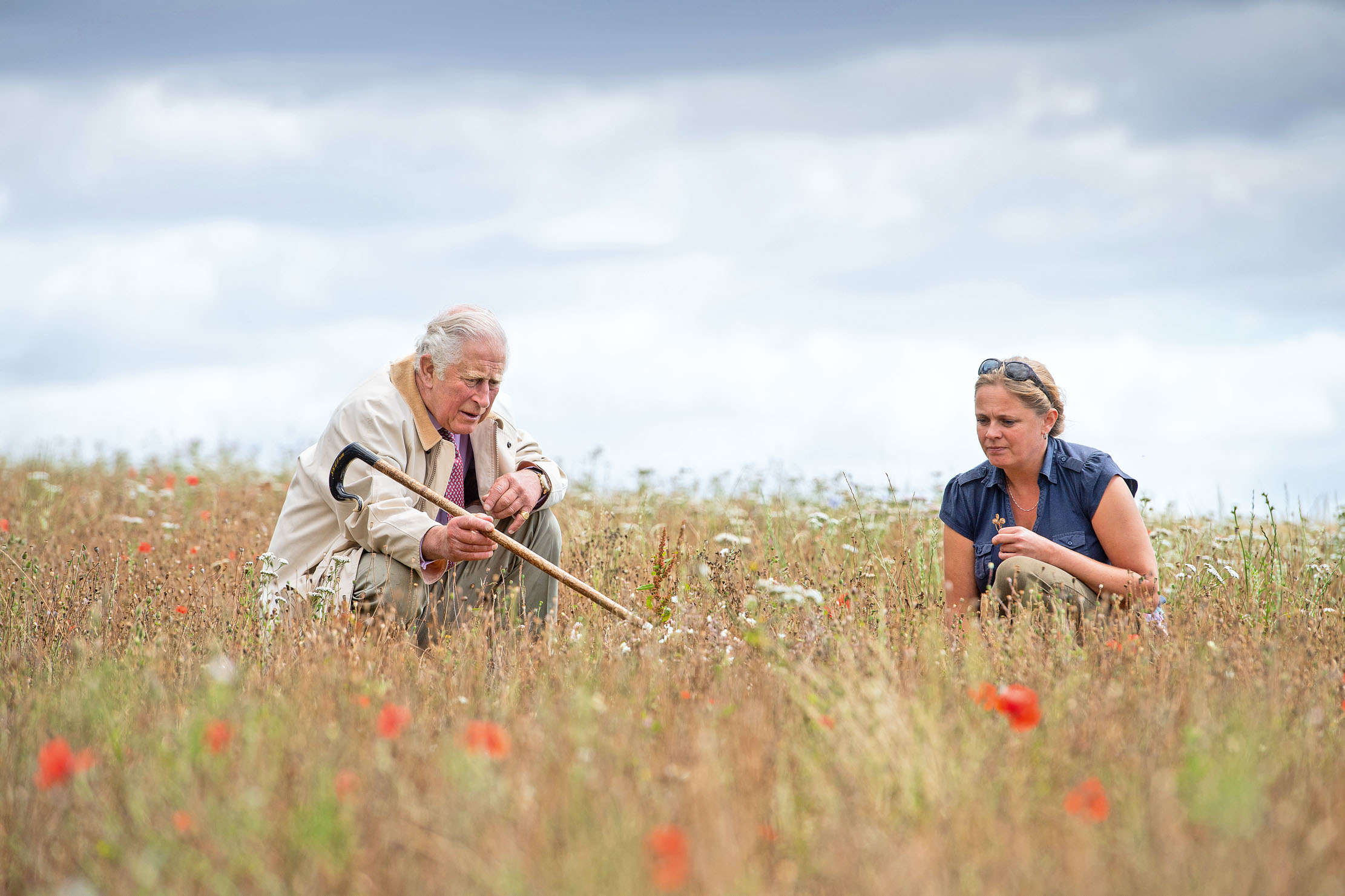
‘Since the beginning of the 1980s, when I first had responsibility for managing some land in my own right at Highgrove, I have wanted to focus on an approach to food production that avoids the impact of the predominant, conventional system of industrialised agriculture, which, it is increasingly clear to see, is having a disastrous effect on soil fertility, biodiversity and animal and human health,’ declares The Prince of Wales of his decision to run the inhand operations of The Queen’s Norfolk estate at Sandringham — the management of which he took over from the Duke of Edinburgh in 2017 — in a fully organic way.
‘It has always seemed to me somewhat logical to embrace a farming system that works with Nature and not against her, thus restoring the lost fertility and carbon-sequestration capacity of the soil on which we rely for our very existence upon this planet,’ The Prince explains.

‘At a global scale, it is becoming ever clearer to me that the very future of humanity may depend to a large extent on a mainstream transition to more sustainable farming practices, based on what are known as regenerative, agro-ecological principles, as well as innovative methods of agroforestry — something we are also putting into practice at Sandringham.
‘For instance, the impact of artificial, fossil-based fertilisers and chemical pesticides on the soil biome, mirrored in our own stomachs as a result of the excessive use of antibiotics, has been so devastating it is now being said that, if we carry on as we are, we only have enough fertility left for another 60 harvests. A transition to organic management means introducing measures that will allow ecosystems to flourish as Nature intended and to ensure that we always put back more than we take from the land.
'Apart from the ecological benefits, by focusing on building up the soil organic matter in order to better retain moisture in drier periods and to capture carbon, we will help ensure the soil’s health is improved and is as resilient as possible to respond to climate change and still be able to grow the quality, nutritious crops we need.’
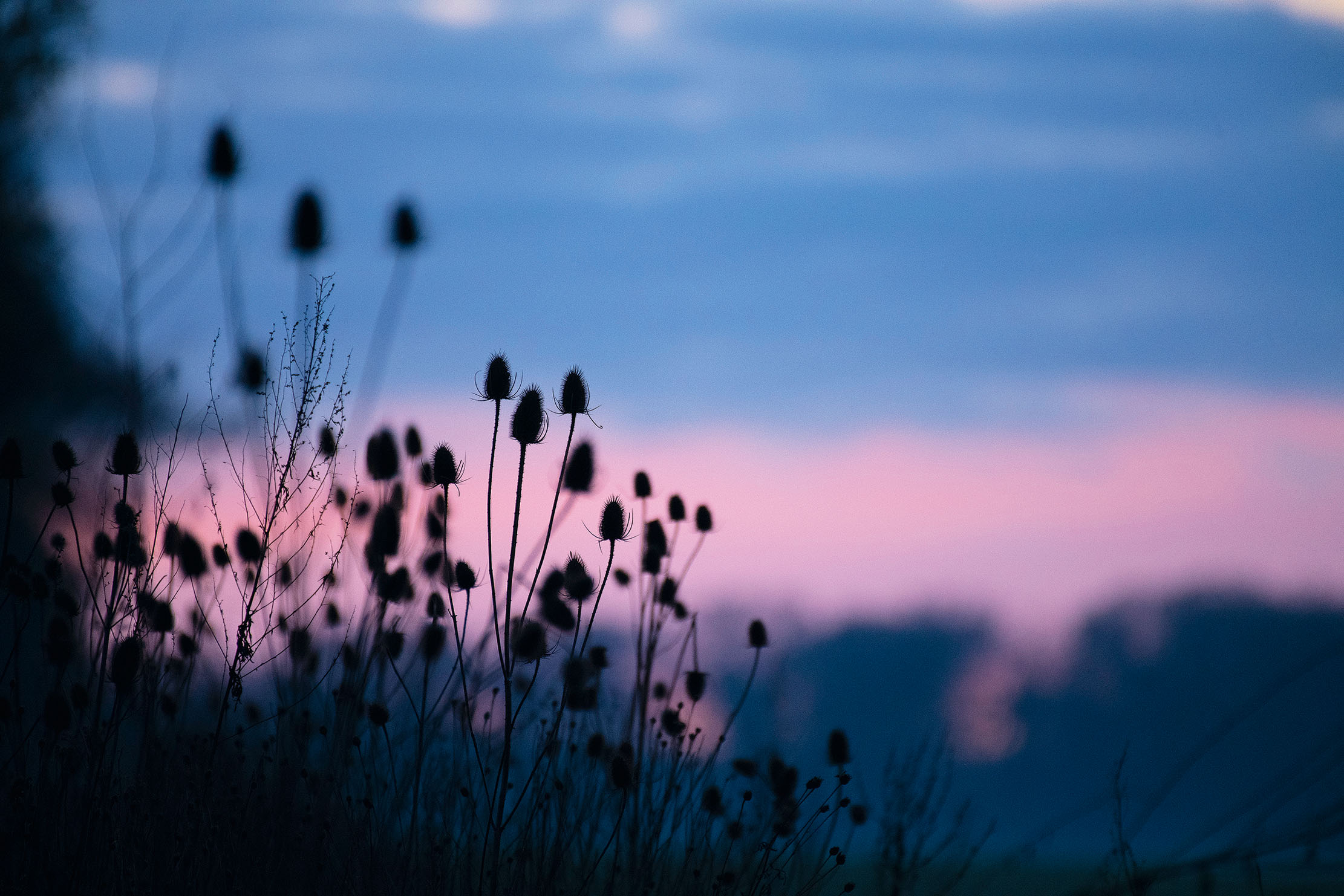
Having begun Sandringham’s conversion to a fully organic operation three years ago, The Prince is confident that a more holistic approach will deliver myriad ecological and commercial benefits across the 21,000-acre estate near King’s Lynn, the much-loved country retreat of British monarchs since 1862. ‘For the past 24 years, just under 10% of the Home Farm at Sandringham has been run organically and having the opportunity to convert the rest of the farm to this holistic approach has been a long-term aspiration. It is particularly pleasing that, in addition to the Home Farm making the transition to organic, some of our tenants [who, collectively, farm about 8,500 acres] are also beginning to adopt regenerative and organic approaches.’
Resident land agent Edward Parsons comments that, although there was a desire to farm organically, significant investment was also put in to ensuring operations would be successful from the start, testing the fiscal perspective, as well as staffing, machinery, and infrastructure. ‘When changes are made to any business, many questions need to be asked. We will farm, “under the plough”, a reduced area of land that we feel would be better suited to farming with a conservation focus. Indeed, we recognise that we might be “farming” carbon in a couple of years and our model may have to change again.
Exquisite houses, the beauty of Nature, and how to get the most from your life, straight to your inbox.
‘What outweighs any concerns is the excitement we feel about our ability to improve our environmental delivery. We are just starting out, but have had early success. The carbon-cutting toolkit we use suggests that, already, the farm’s CO2 footprint has reduced by more than 6,000 tons a year, even after including our sheep and cattle enterprises. Our understanding of how we measure biodiversity, soil carbon and other key indicators is developing rapidly and we have absolute confidence that we will continue to improve.’
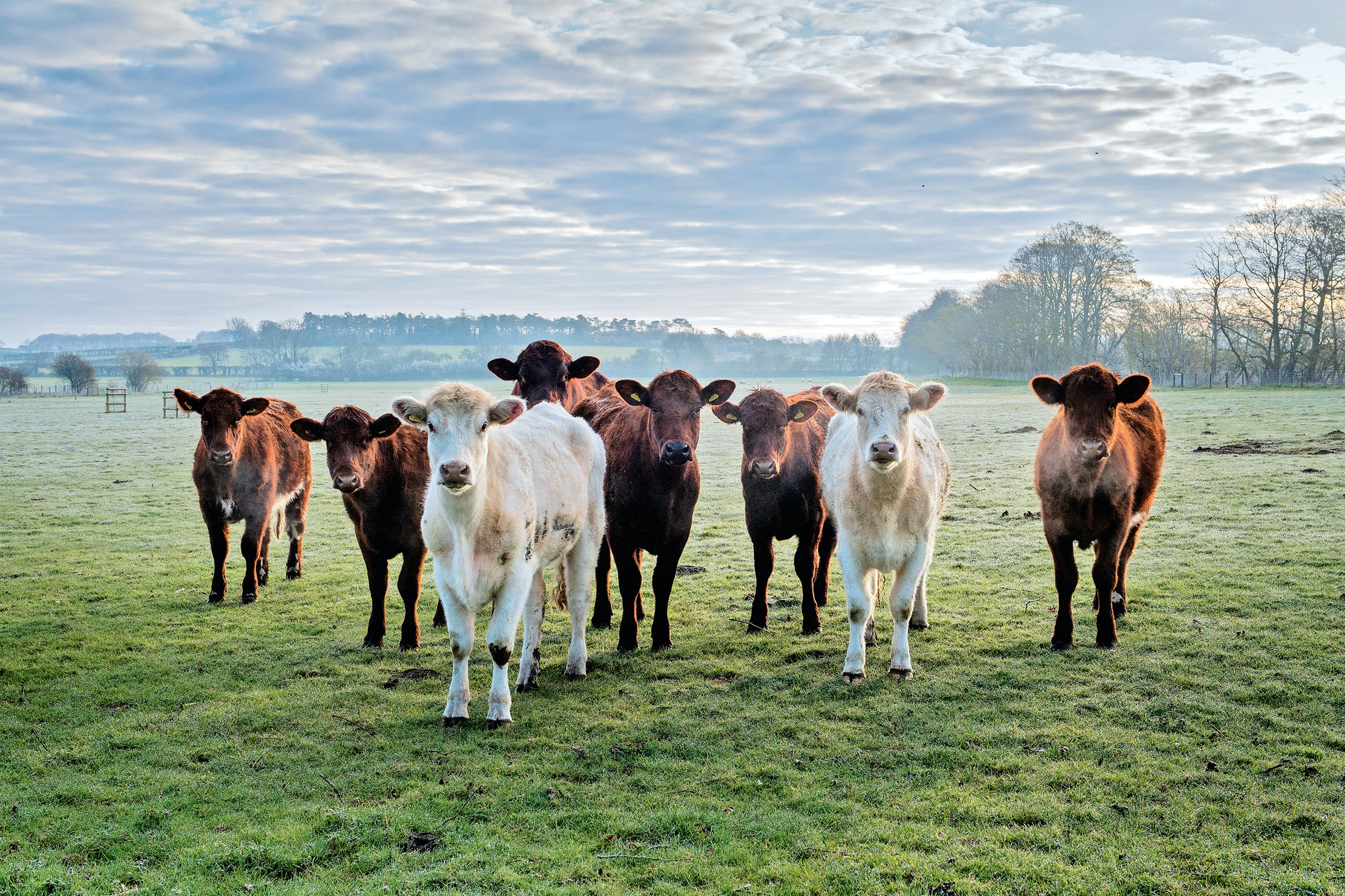
Another important factor for undertaking the conversion is the aid it brings to all sorts of flora and fauna, but especially insects, which feed so many other creatures. ‘The removal of all insecticides and other inorganic sprays will play a major role in increasing beneficial insect pollinator numbers. With more invertebrates, of course, the whole food chain benefits — more food for the birds, which, in turn, means more food for the mammals and so on,’ His Highness enthuses.
‘However, this is only part of the story. We need to ensure that the land use is not only focused on food production, but that full consideration is given to providing habitats for wildlife. Across the estate, we place a value on ecological delivery. This means, in practice, the implementation of measures such as the avoidance of block cropping and the provision of trees, hedgerows, wildlife corridors, bird boxes and field margins, which involves careful planning, monitoring and mapping.’
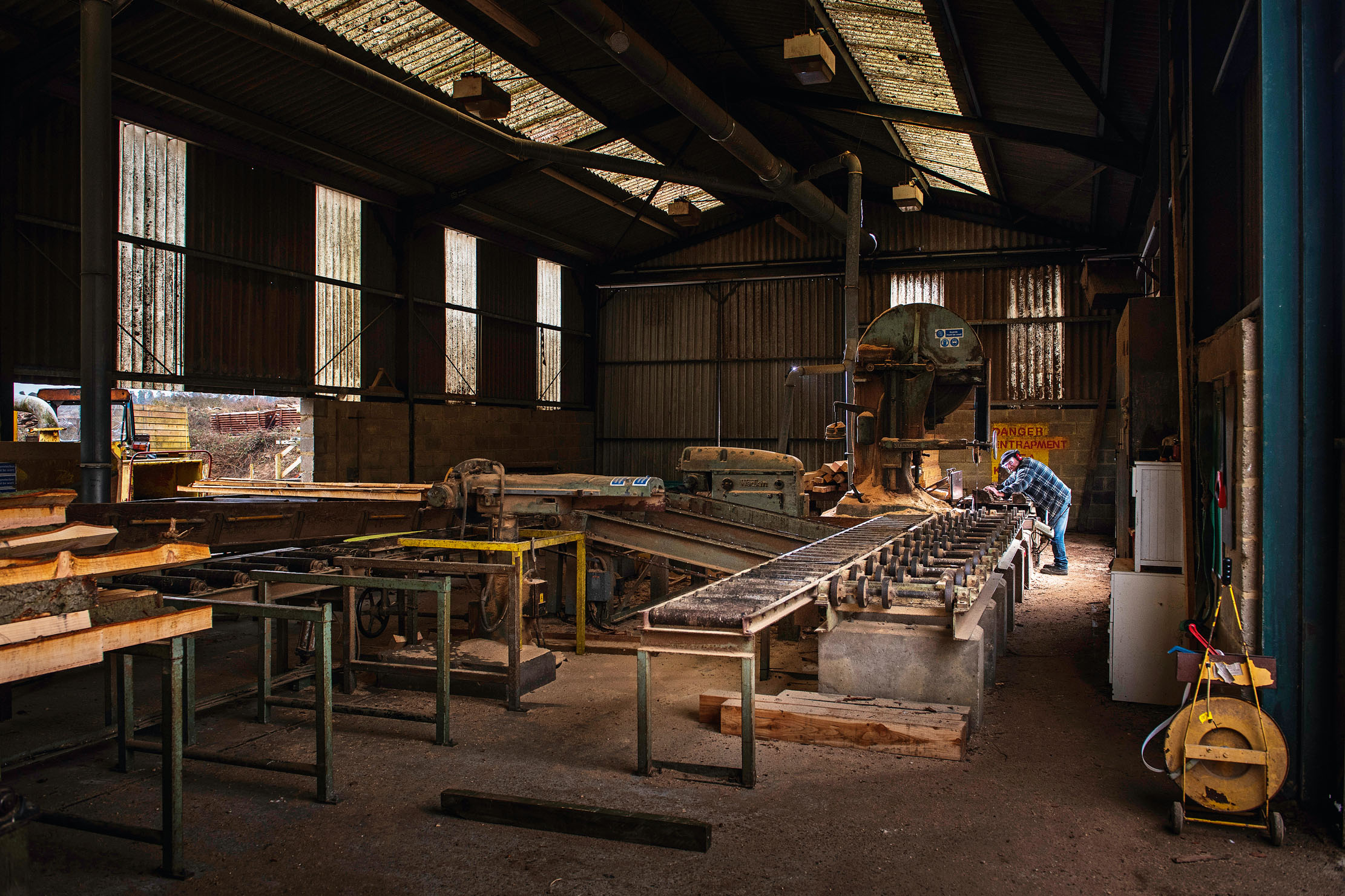
Following the move away from agrichemicals two years ago, the estate’s head gamekeeper, Kevan McCaig, is already beginning to see a positive impact on the insect population, which is so key to the survival of many ground-nesting and farmland birds, not only the wild pheasants and English partridges Sandringham is famous for.
‘Good habitat and feeding throughout the year — via a network of food hoppers — helps, too,’ points out Mr McCaig, who has worked on the estate for three years and was formerly head gamekeeper on the neighbouring Holkham estate. ‘When we had a spell of snow in February, we could see loads of bird footprints around the hoppers. We’re also seeing lots of yellowhammers, linnets and blackbirds about.’
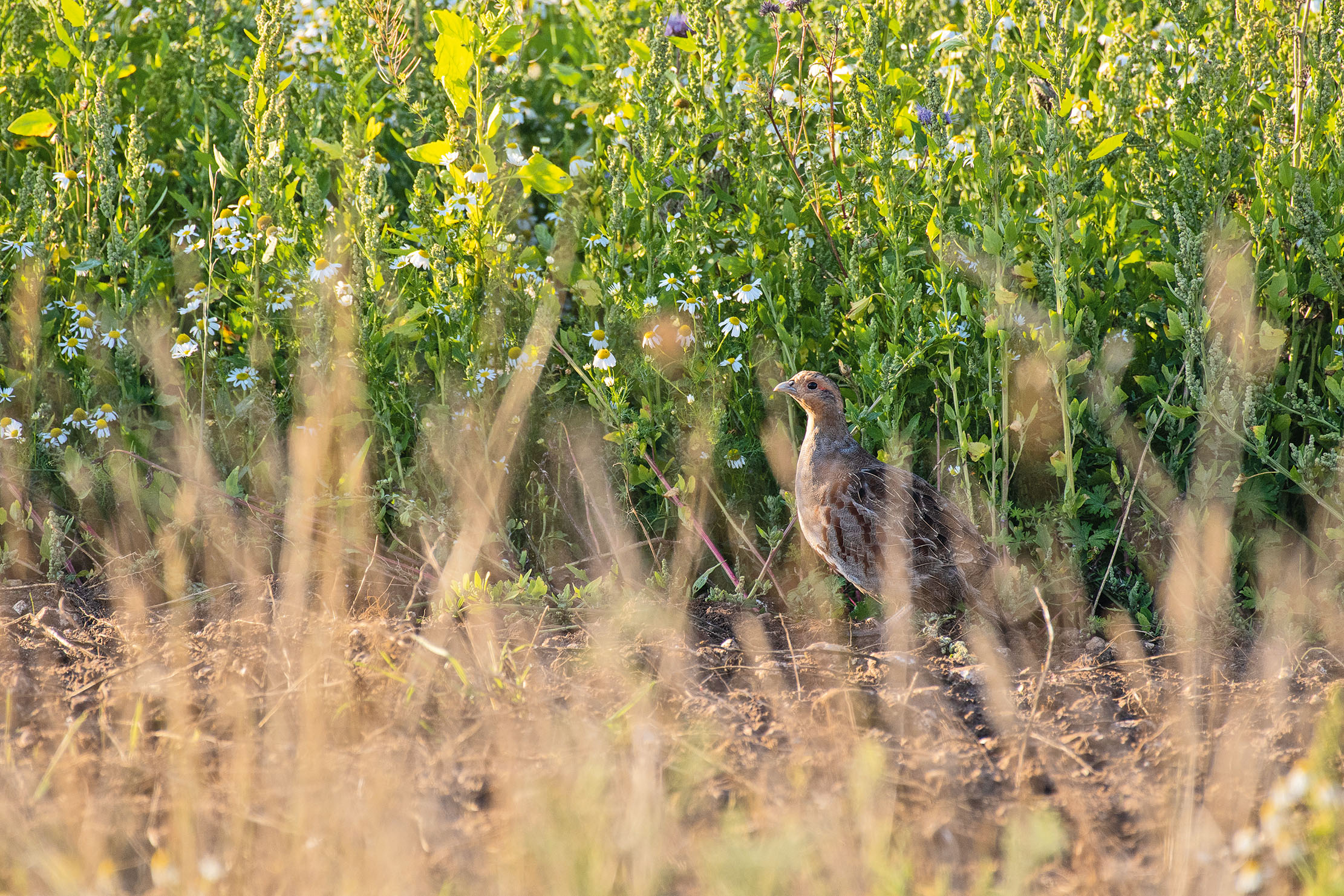
Acknowledging the Game and Wildlife Conservation Trust (GWCT) for the meticulous bird and insect counts it conducts on the estate every year, The Prince reveals: ‘In 2019, we saw a 71% increase in the number of insects. Last year was rather depressing and we saw a decline, but we think this was a result of the appalling weather conditions. We had 23 red-list bird species in 2020, together with 25 amber-listed species, and hope to see these increasing. As a proxy for ecosystem health, bird life isn’t a bad measure — and the one that is most rewarding to see and hear when on farm walks. In particular, I was overjoyed to hear reports of a corncrake spotted on the estate last year, even if it may only have been passing through.’
Like The Prince, Mr McCaig was disappointed by the drop in insects in 2020. ‘It was a bad year for anyone working with wild game because of the extremes of baking hot then cold weather we had,’ he laments. ‘We did have more weeds in the fields, which are great for insects, but they — and some of the bean fields — were burnt off by the incredibly dry conditions. It’s quite simple, really: if there are no weeds, there are no insects.’
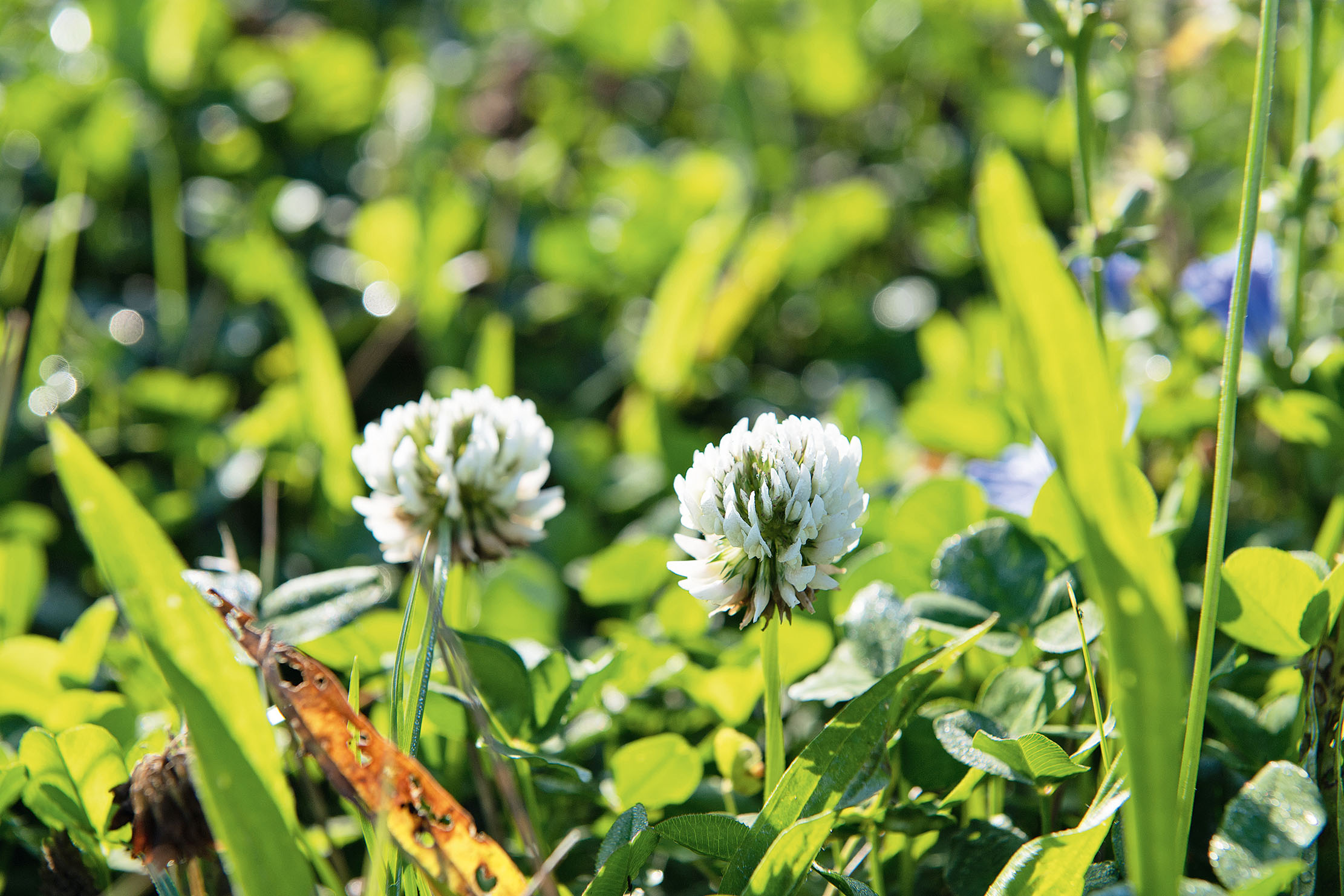
Mr McCaig is, however, confident that, now the estate is fully organic and with the amount of effort everyone is putting in, everything will come right. ‘The Prince of Wales is passionate about making these changes and we’ve got a great bunch of gamekeepers, some of whom have been here for 30 years,’ he adds.
That’s not to say that the new farming methods haven’t presented some challenges. ‘As with any change, there have been positives and negatives,’ notes Mr McCaig, explaining that the grass and clover leys — required in the first two years of any organic conversion — have caused a few difficulties. ‘Sometimes, the fields need to be mulched (to naturally fertilise the soil) in May and June, when the wild game birds are nesting. However, we’re working to mitigate that by cutting the fields from the centre to the outside and this is only a short-term issue, as growing sheep numbers will reduce the amount of mowing that needs to be done.’
Nonetheless, wildlife is benefiting from other measures, too — such as beetle banks and field margins with an autumn-sown pollen- and nectar-rich ‘bumblebird’ seed mix of winter wheat, barley, triticale and vetch, plus camelina, fodder radish, stubble turnip, kale, sweet clover, bird’s-foot trefoil, ox-eye daisy, phacelia and crimson clover — under the Countryside Stewardship scheme.
‘At the moment, our conservation strips are better than the fields for insects at chick time, but the rest of the field should catch up,’ suggests Mr McCaig. ‘You rarely see seagulls behind ploughs now, but, when we were ploughing recently, the sky was white with gulls, so there must be more earthworms in the soil.’
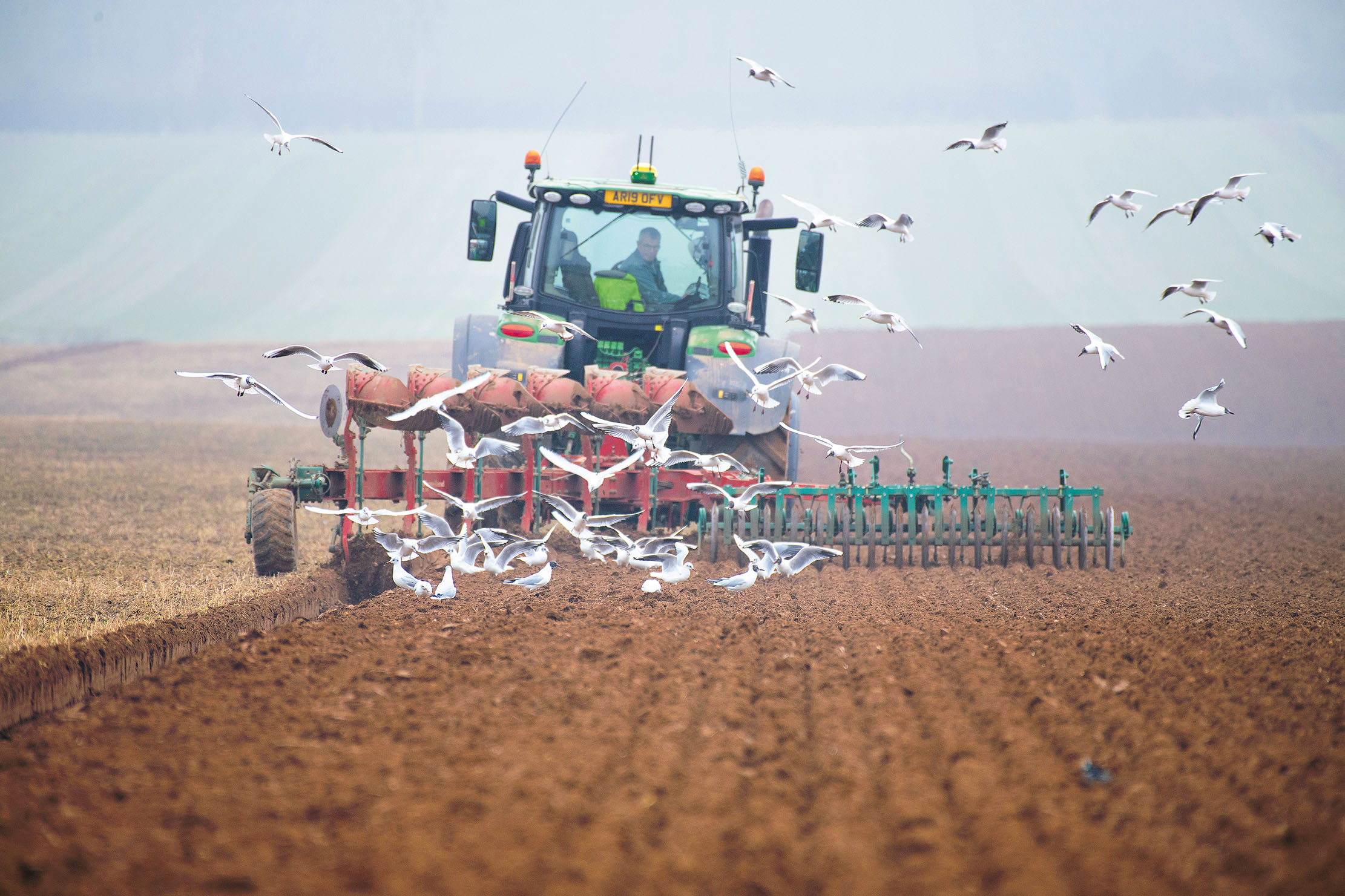
This is music to the ears of farm manager Keith Banham, who has worked for the estate for 42 years and for whom the transition to a fully organic farm has been a welcome one. ‘A portion of the farm (600 acres) has been organic for 24 years and we knew at some point the entire farm would be converted. We understood roughly what we had to do, so the farm team carried on with our normal work.’
There have, of course, been a few changes. ‘We no longer grow sugar beet, as it can’t be cultivated organically, and we lost the blackcurrants because we could not grow them profitably on our soils. However, we’ve been growing wheat, barley, peas and oats in a conventional way forever at Sandringham and now we’re doing it organically — we don’t use the crop sprayer or any agrichemicals. In essence, all we’ve done is tweaked the way we farm the 6,500-acre in-hand farm.’
The first job was to cultivate lots of grass and clover leys, to kickstart the fertility-building phase within the organic rotation, which naturally increases the organic matter and the nitrogen content in the soil. Initially, machinery was required to cut these leys and mulch the clover and grass back into the land: ‘But that’s costly, so the sheep [a flock of 3,000 breeding Aberfield ewes, introduced in phases from 2017] and the cattle [the estate’s Shorthorns arrived this year, with plans to build up to a 500-strong suckler herd] will be doing that for us,’ explains Mr Banham. ‘Their dung also goes back into the soil, which is all part of the rotation.’

This is a pleasing cycle with which The Prince very much agrees: ‘The provision of farmyard manure as fertiliser is a key element of any organic system,’ he notes. ‘Although there are numerous ways of integrating manure into the land, the reintroduction of livestock onto arable land is a traditional, “low-tech”, but highly effective technique. Not only does this “mixed-farming” approach bring huge benefits to the soil in replacing lost organic matter, it also brings a further income stream to the farm business, thus making commercial sense.
‘For millennia, farmers have kept livestock to graze the land and put back vital nutrients into the soil from their manure — the original organic fertiliser. This approach has a circularity, or harmony, in that pasture is converted by the animal into free (and organic) fertiliser, adding nutrients to the soil that, in turn, provide the resources for the next healthy crop of food.
‘Put simply, without livestock, the soil quality reduces and yields suffer, which is a smooth path to economic and biodiversity destruction. British landscapes with plentiful grasslands are a natural home for grazing livestock, especially those native breeds that are best suited to extensive, grass-fed systems, which provide a more sustainable alternative to the conventional, intensive, grass-fed regimes,’ contends The Prince.

Indeed, now the estate has completed the two-year conversion process that was phased over four years, daily activity on the farm is more streamlined for Mr Banham and his team. ‘For a time, we had three things going on at once: land that was fully organic, some that was in conversion and some that was conventionally farmed, which called for three types of everything and was a bit of a headache over 6,500 acres! Life, I hope, will be a bit easier when we’re only doing things one way,’ he admits with a smile.
Now, the team works to a straightforward system comprising two years of clover and grass leys, then wheat or barley, pulses and barley, followed by oats undersown with grass and clover. However, they’re always looking at new crops and are currently experimenting with soya and linseed, as well as differing crop-establishment methods, which will help to cut the carbon footprint from tillage.
Mr Banham is justifiably proud of the way the soil reserves at Sandringham are building up, as well as the wildflower meadows — one Coronation Meadow, created from green hay spread over the land, and another featuring some 25–30 species, such as cowslips, yellow rattle and sainfoin, from seed — that he and his team have nurtured.
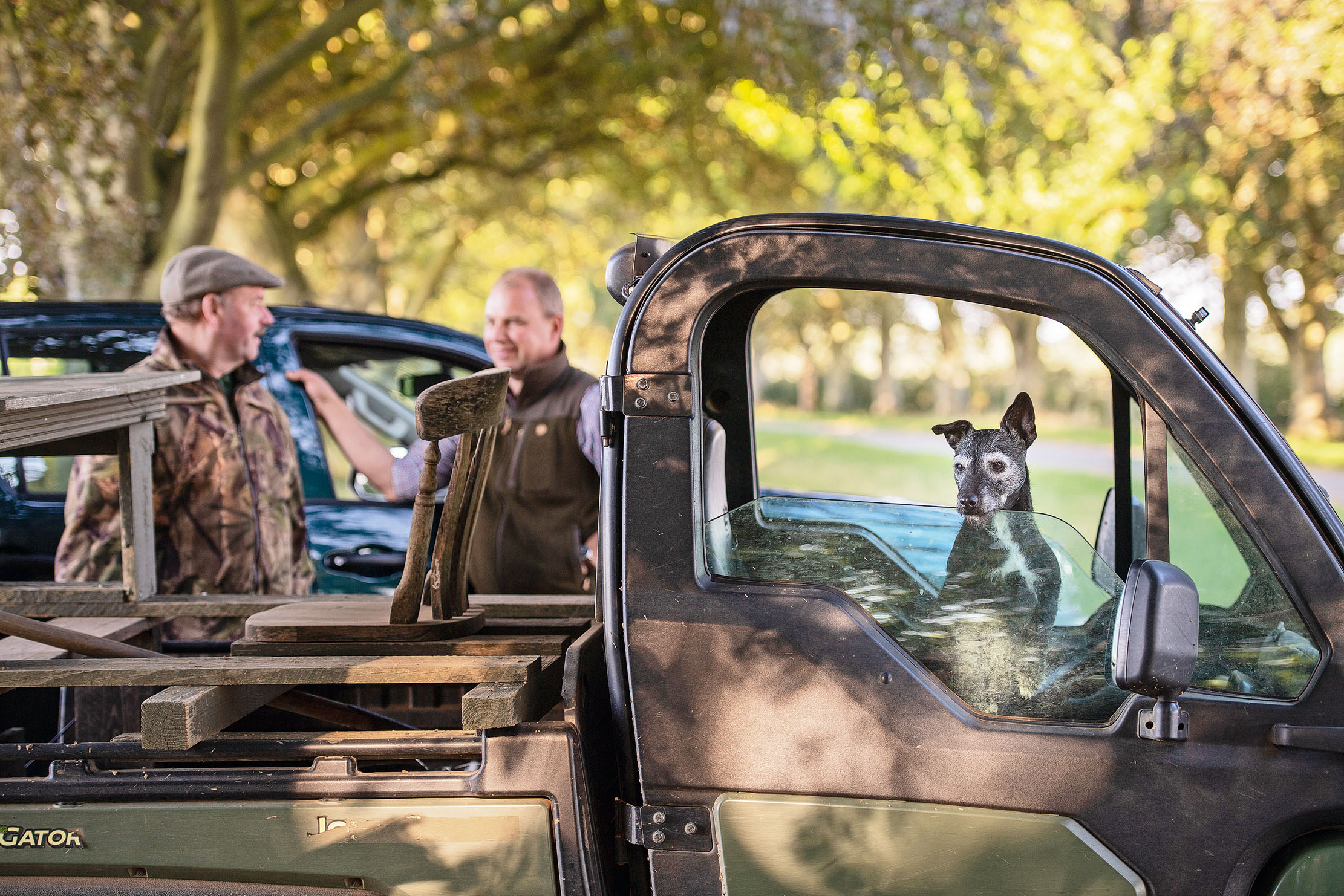
In addition, the fact the farm department leaves margins around cultivated fields to their own devices not only ensures plenty of pollinating insects for birds to feed on and cover in which they can escape aerial predators, it also brings back rare flowers — such as narrow-fruited cornsalad, night-flowering catchfly and prickly poppy — from the brink of extinction. Indeed, the estate’s margins are doing so well that, last year, Natural England designated Sandringham as a ‘site of European importance’, in recognition of the number of native wild plants that now flourish there.
Mr Banham is also looking forward to seeing what improvements the next few years bring. ‘I personally think we’ve done a great job,’ he declares. ‘We’re one of the largest organic outfits in the country and this is the type of farming people want. The bit I take most enjoyment from is that we can convert to organic productively and efficiently, which then tells a good story to everyone.’
Perhaps the biggest step change, however, was the introduction of sheep to the estate, which was a bit of a baptism by fire for the newly appointed head shepherd. When he arrived, at the start of the organic conversion in December 2017, Gordon Robinson immediately set about establishing an organically managed flock. ‘I’d been sheep farming conventionally before, so it was a bit of a learning curve,’ he admits, ‘and the estate went from no sheep to sheep in a matter of months.’

Initially, Mr Robinson was looking at a flock of 4,000. ‘However, that was too many for us then, so we decided to go for 1,000 in the first year and take on an additional shepherd, together with more sheep, each year, until we got to a flock of 3,000.’
Although The Prince — patron of the Rare Breeds Survival Trust — is a lifelong fan of native breeds, keeping Hebridean and Shropshire sheep on the Duchy organic farm at Highgrove, the search started for a more mainstream option. ‘We needed a self-sufficient sheep that eats grass and grass alone and can live outside all year, so we consulted Innovis — a leading supplier of forage-reared rams — and decided to go for Aberfields,’ explains Mr Robinson. ‘As we sell organic lamb to Waitrose and to local butchers, we had to make a practical decision in going for a breed that could fulfil demand. HRH was very supportive of this choice and trusts what we are doing is right for the estate.’
Once the sheep arrived, they started their two important tasks of eating weeds and fertilising the land via their dung. They graze half to two-thirds of the arable ground (4,500 acres) in winter, where they ‘eat everything and act as the weedkiller’. ‘The land really benefits from this holistic approach, instead of managing in one way and using artificial inputs and chemicals,’ advocates Mr Robinson.
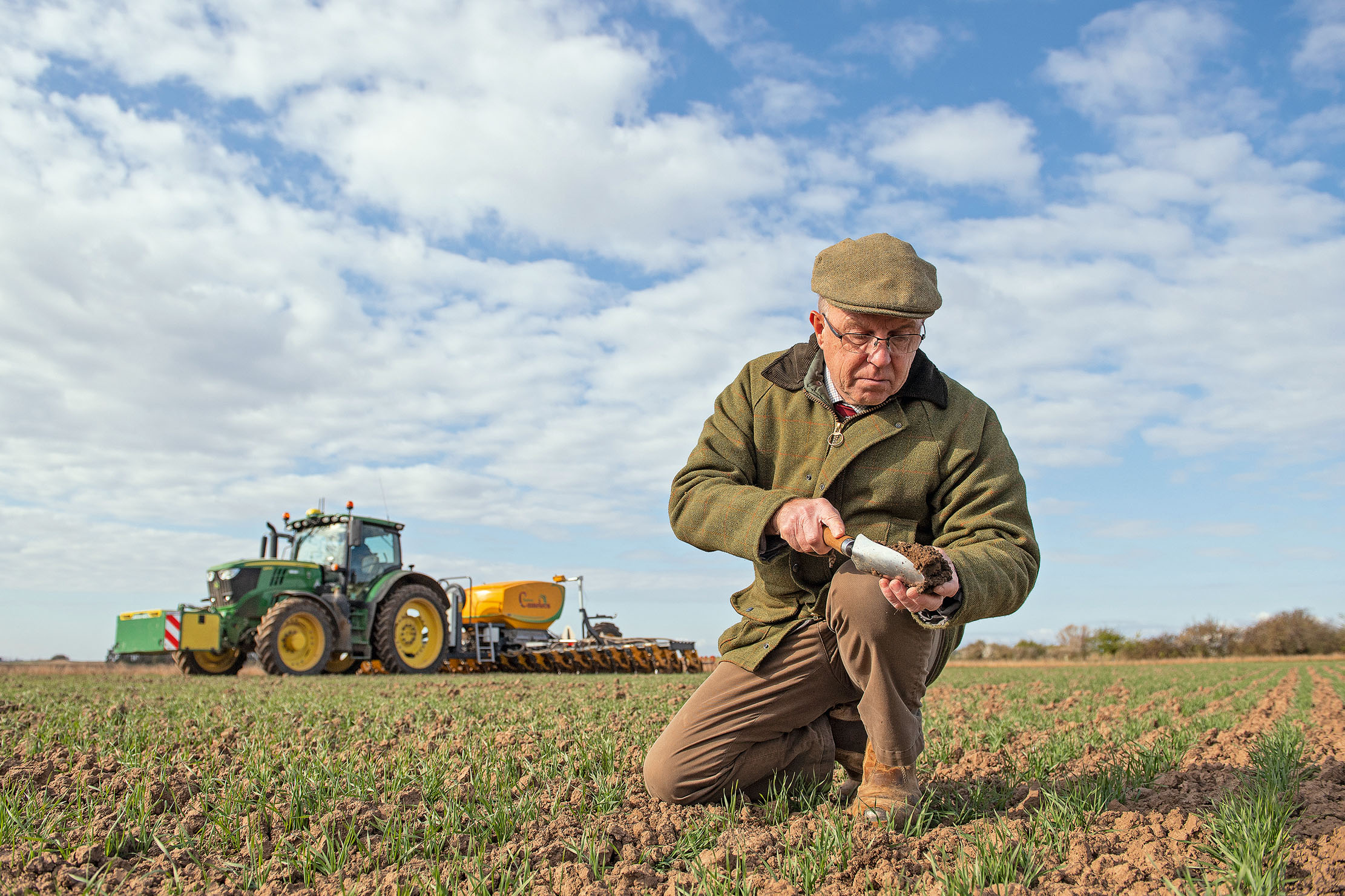
Nevertheless, managing sheep in a strictly organic way hasn’t been all plain sailing. ‘You can’t feed them the stuff that you buy in a shop, so my philosophy is to do absolutely everything for forage and supplement as little as possible.’ Also a consideration is the fact that the sheep live outside year-round, which makes them vulnerable when extreme weather restricts the amount of grass available. ‘Things such as the Beast from the East take our forage away,’ Mr Robinson states bluntly, ‘so we have to be good at thinking on our feet.’ Monitoring more than 25 miles of electric fencing makes the job very intensive labour-wise, too. ‘Conversely, if we work hard, we save the money others have spent buying in food and minerals.’
Mr Robinson also has to contend with the fact that some of the coastal land is deficient in copper, which means that, when it’s warm, magnesium struggles to be taken up and the sheep can get the ‘staggers’, a condition that causes them to suffer fits and die. ‘We discovered the grass is potentially low in six to eight nutrients, so we’ve had to be proactive and find a natural copper-based supplement, as well as continually testing the soil and grass.’
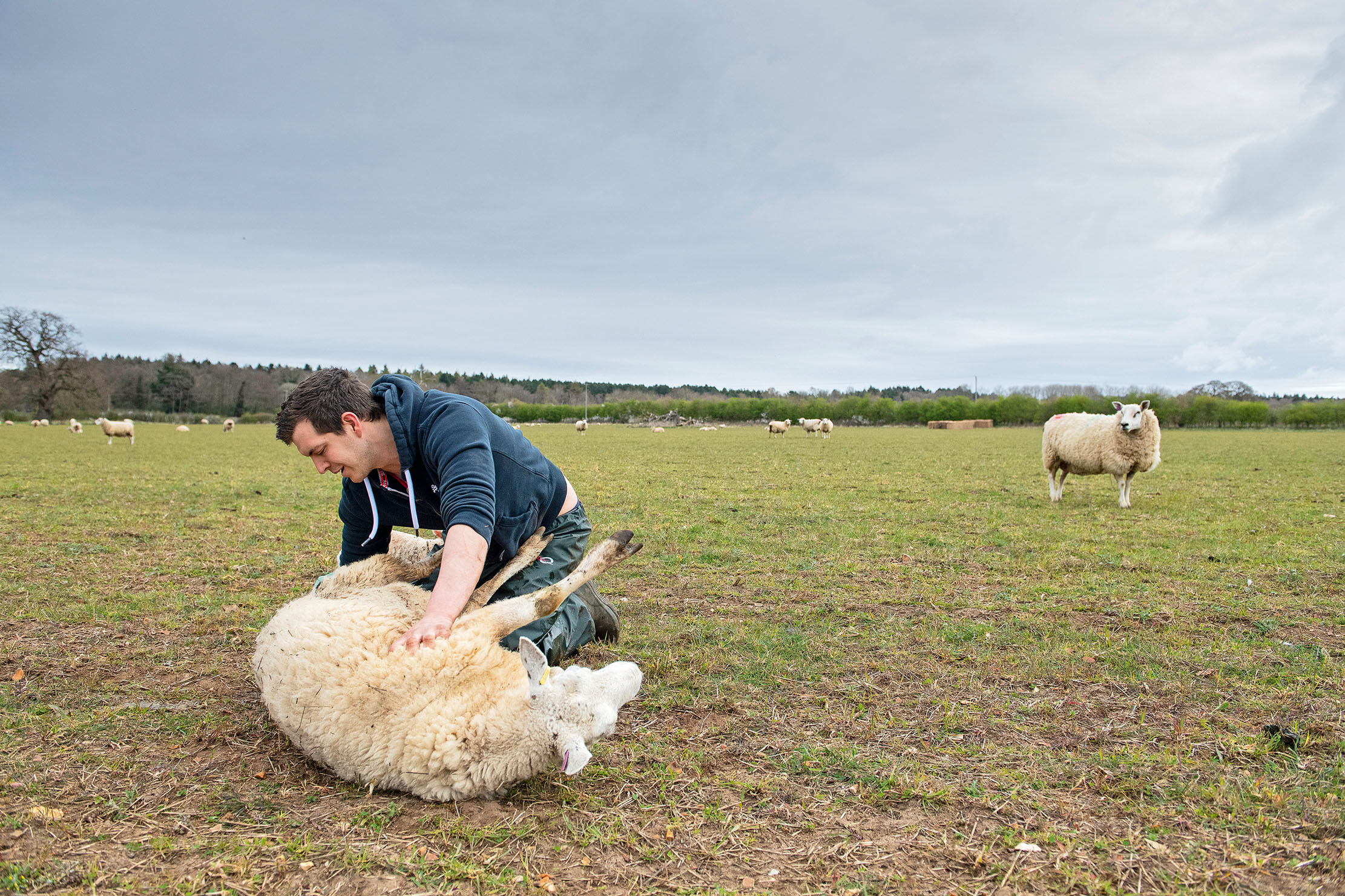
Earlier this year, Mr Robinson and his team took on responsibility for the estate’s first suckler cows for more than 40 years, too, with the aim of developing a 500-head herd and, eventually, selling organic beef to Waitrose. ‘I’ve worked mainly with sheep, but it’s a pleasure to have another lovely personal project to run with,’ he attests. ‘HRH told me he wanted Shorthorns and Shorthorn-cross cattle. He knows so much about it, we’re happy to follow his lead.’
‘It is a delight to see British native breeds grazing on the land once again,’ observes The Prince. ‘I have been particularly keen to restore the traditional Norfolk farming systems, which depended on the inclusion of hardy natives that are slower growing, but which are well-suited to English landscapes and are remarkably resilient, as well as commercially sensible. I remember so well all this disappearing in the 1960s, together with the kind of habitats and ecosystems we so urgently need to restore.’
As you might expect, the woodland and hedgerows at Sandringham have long been managed with Nature in mind, through selective harvesting and thinning of trees — as opposed to clear fell — which creates gaps within the woods that allow natural regeneration and greater biodiversity. Non-native trees, such as Corsican pine, which were planted between the 1950s and the late 1980s, are also being reduced to create a more diverse mix of broadleaf species, such as oak, hornbeam, sweet chestnut and beech. However, now the organic conversion is in full swing, the estate’s forestry team — overseen by deputy land agent Simon Hickling — is working with the farm and the keepers on a range of projects.
‘We had initial consultations with all sorts of people, from supermarkets to David Wilson, then HRH’s farm manager at Highgrove, who helped us to put together an organic agri-forestry scheme,’ explains Mr Hickling, who’s been at the estate for six years. ‘Being involved on the ground has been quite exciting.’
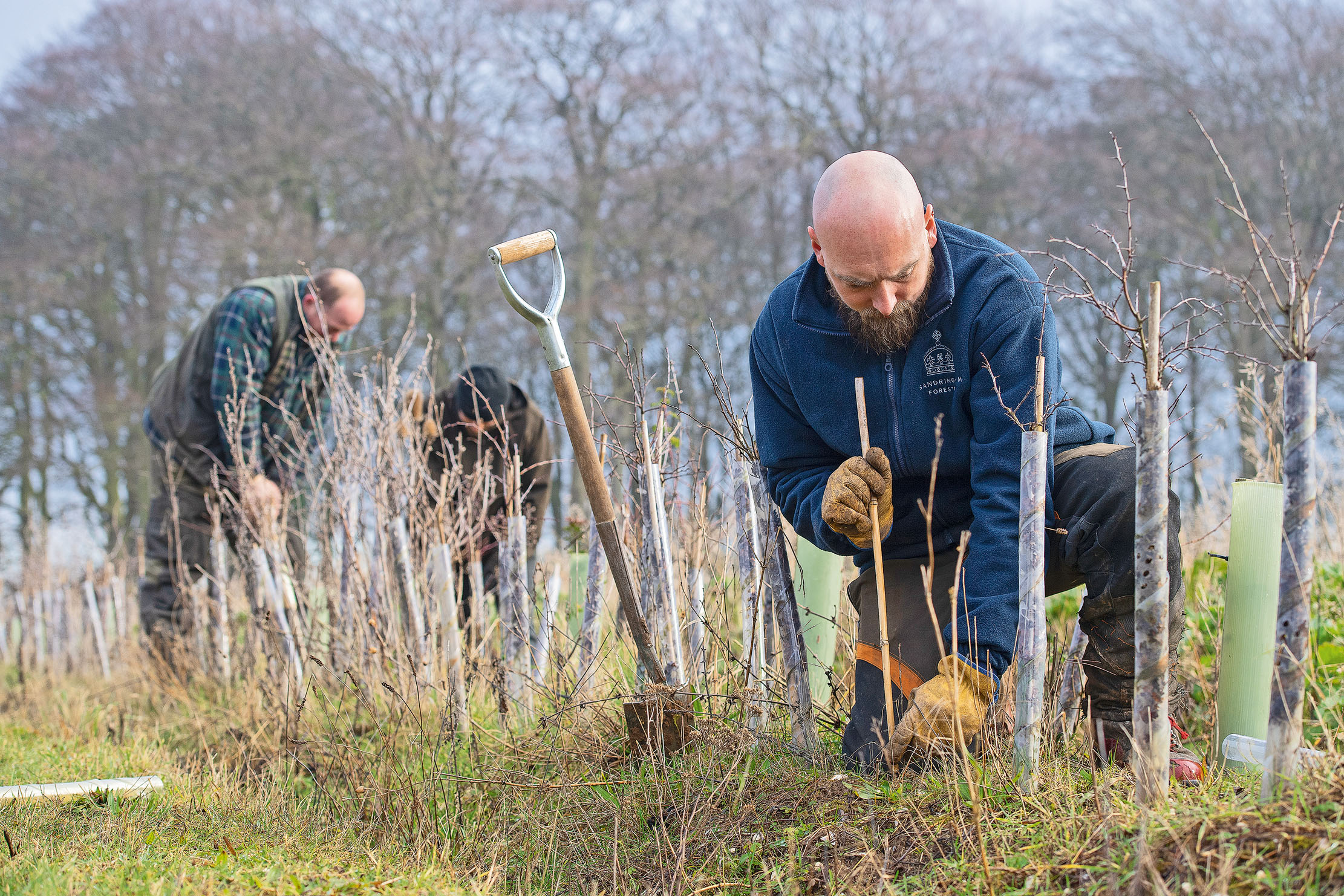
Although a couple of new blocks of woodland have been planted and more are planned, the main focus is hedgerows and in-field trees. ‘We’re continuing to do a lot of hedge planting and beefing up of existing hedges. Via the Countryside Stewardship scheme, we’ve had a few chaps in [including The Prince himself] undertaking hedge-laying, then gapping up those laid hedges with new plants, such as hawthorn, holly and field maple, as well as dog rose and dogwood, which are good flowering species for pollinating insects.’ The Prince adds: ‘As patron of the Hedgelaying Society and a practising hedgelayer, I am always proud of maintaining a traditional skill that is of timeless importance and relevance.’
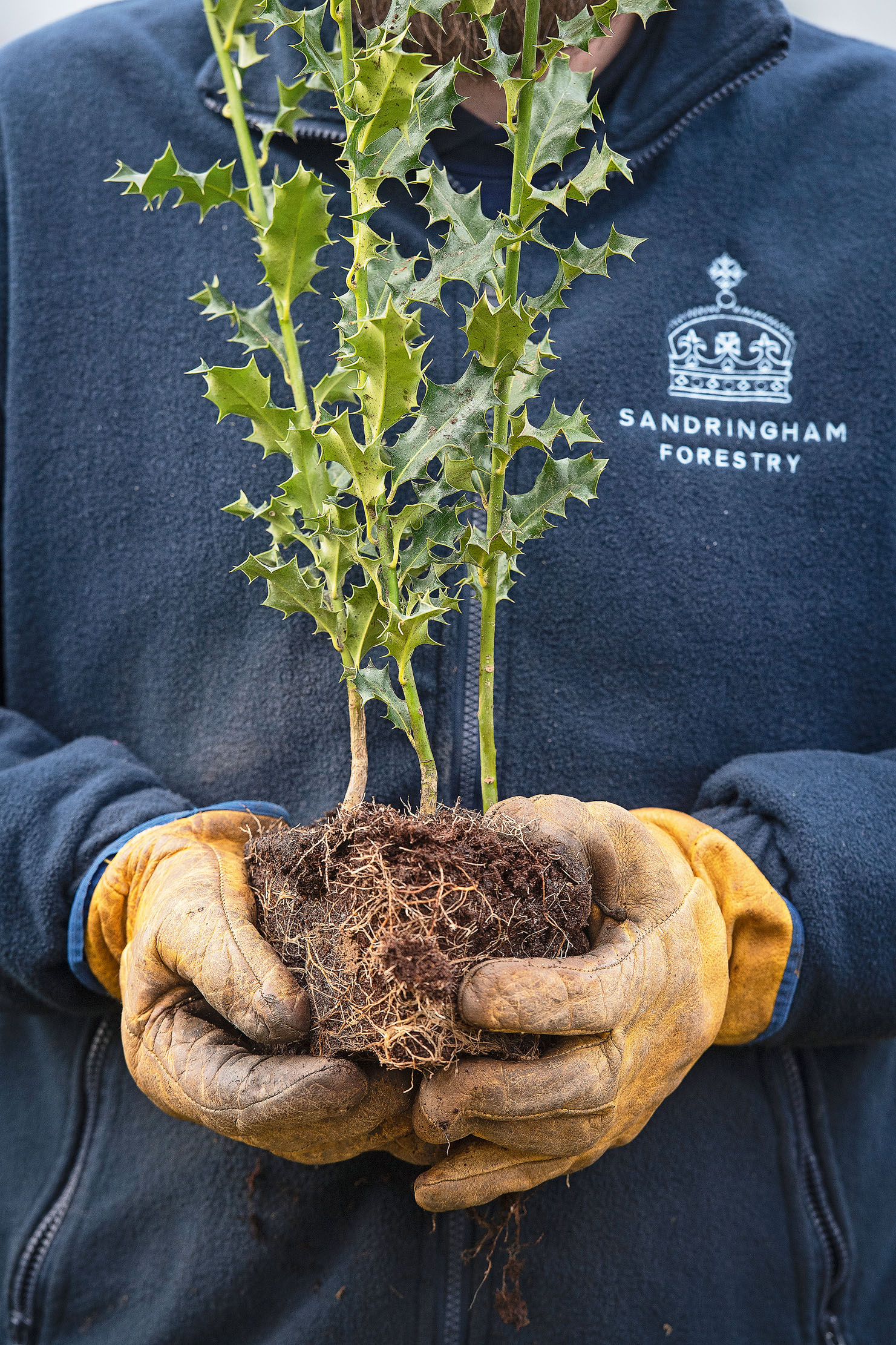
Ingeniously, as well as new hedgerow trees — crab apple, hornbeam, oak, sycamore (using seed from Highgrove), Scots pine and New Horizon disease-resistant elms — in-field trees are being planted in grass meadows. ‘There will be some nice shady spots for livestock,’ confirms Mr Hickling.
Elsewhere, the estate has set aside some land where fruit and nut trees — such as cider apple, perry pear, quince, walnut, mulberry, shrubby cranberry and aronia berry — are being planted as part of a joint organic agri-forestry project with the farm. ‘We’re growing trees and crops on the same bit of land,’ says Mr Hickling. ‘The aim is to provide a diverse and sustainable environment by creating microclimates between the tree rows.’
To that end, trees are being planted 40m (130ft) apart in wildflower strips, with 36m (118ft) between the rows, in which the farm department will grow a rotation of wheat, barley or beans, interspersed — every five to six years — with fertility leys.
‘The trees will grow to a height that will, eventually, allow sheep to roam the whole field,’ adds Mr Hickling. ‘The root structure of the trees beneath the arable area will also improve the soil structure and the leaf matter will generate an above-ground biomatter that helps the soil fertility.’

The joined-up thinking doesn’t stop there. ‘In some of the field margins on the in-hand and the tenanted farms, we’re lifting self-sown oak saplings and bringing them into the nursery, where we’ll grow them on, then replant them elsewhere,’ adds Mr Hickling. ‘It’s all about recycling and sustainable re-use.’
This is a sentiment with which The Prince fully concurs and, like the staff, he, too, is looking forward to continuing to build on the estate’s organic credentials in the years to come. ‘There is a near constant flow of ideas, which I discuss with the wonderfully knowledgeable — and long-suffering — estate team,’ The Prince acknowledges.
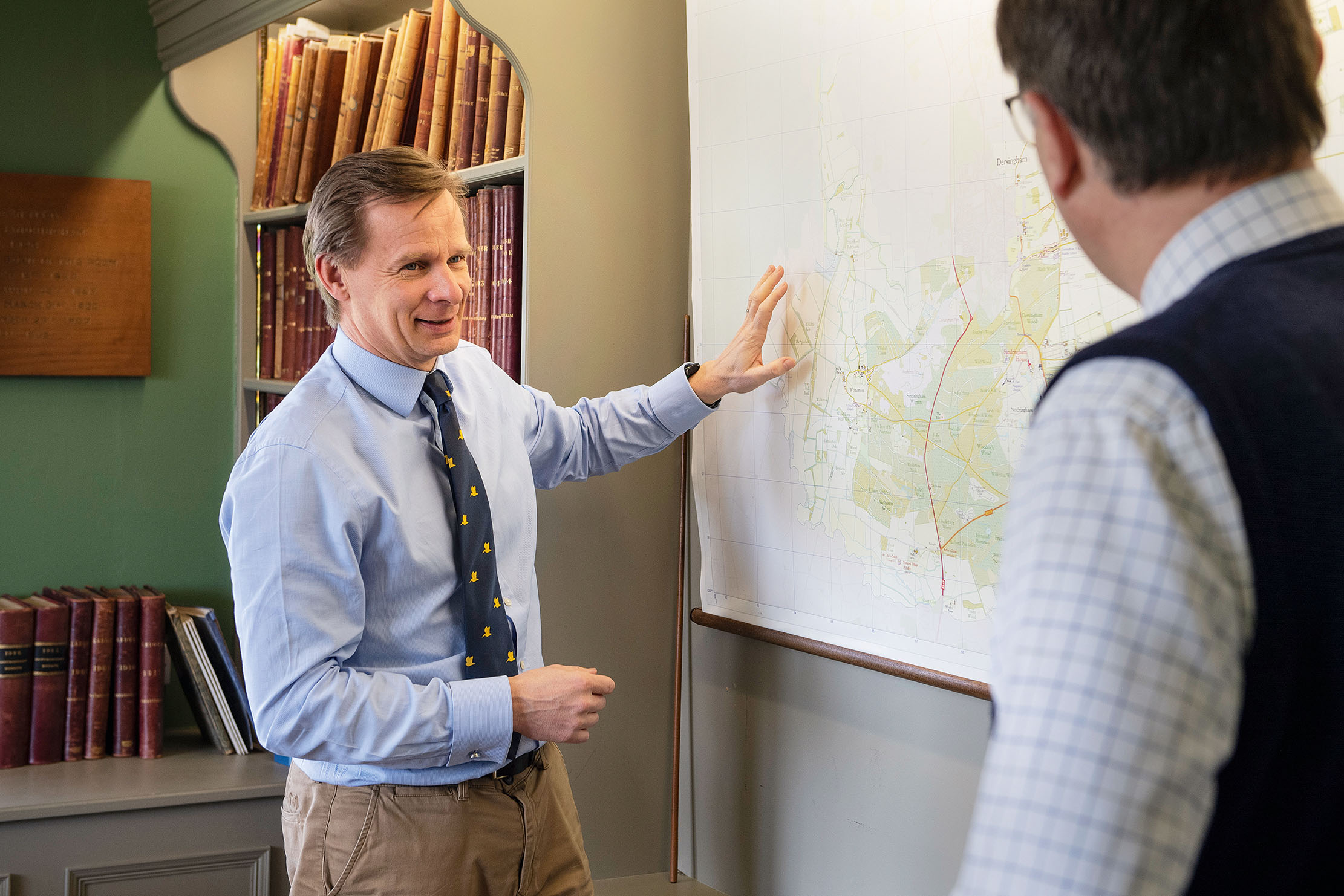
‘This could be innovative sources of organic fertiliser, niche crops, adding value by converting farm produce into products to be sold in the estate shop, targeted habitat restoration for threatened species and carbon sequestration, as well as the new and evolving opportunities around creating a marketplace for biodiversity credits.’
Mr Parsons notes ‘operations are formally reviewed on a quarterly basis with HRH. Although farming is an important part of the estate’s operations, it is not the only one and we continue to assess all investment proposals on their merit’.
The Prince concludes: ‘Sandringham is no different to all British farming operations, which, in recognising that sustainable business and profitable business are one and the same, are going to have to be increasingly adaptable if they are going to find a way to thrive in the changing climate.’
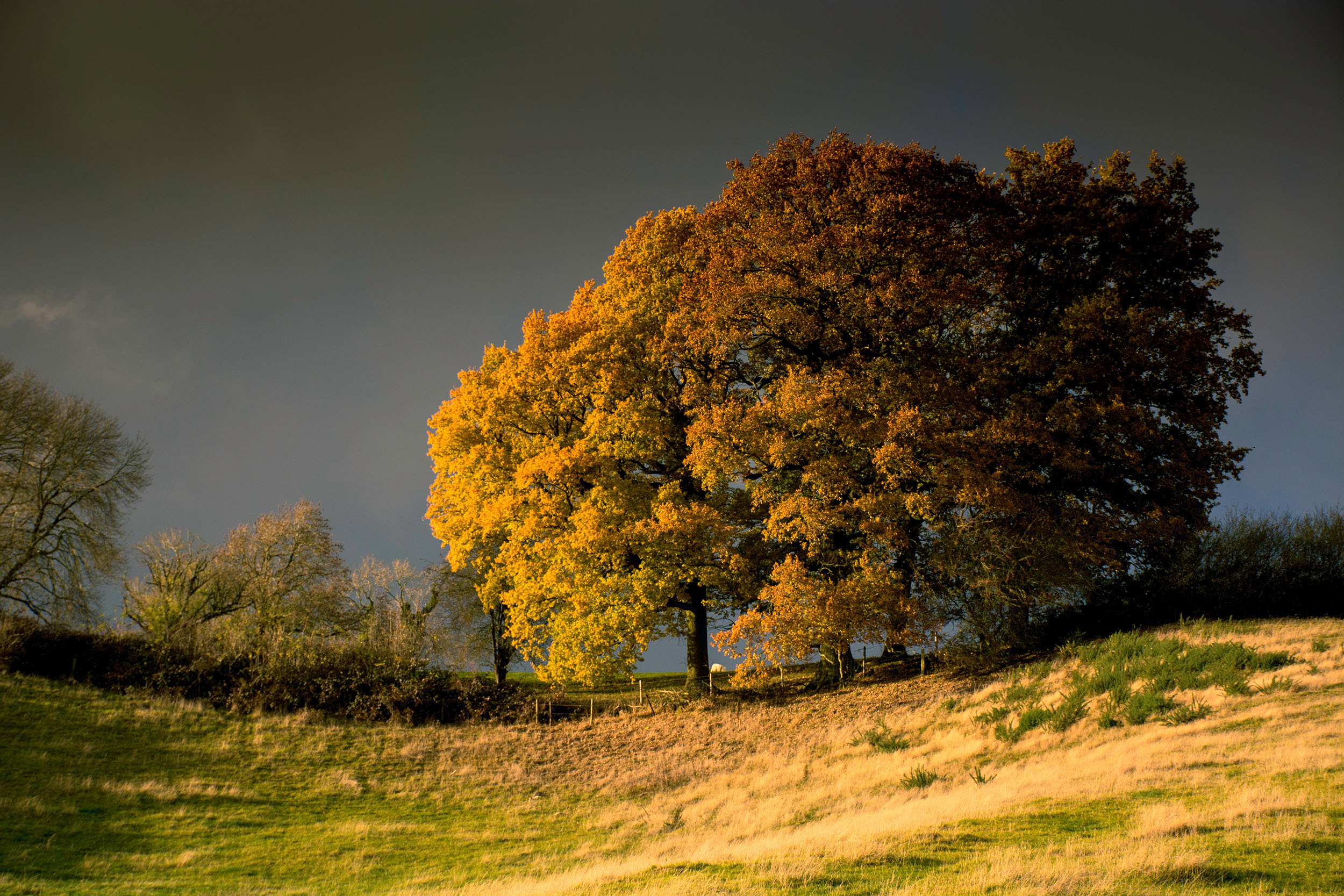
Credit: Alamy
Trees For Tomorrow: Join Country Life as we plant thousands of trees
To celebrate the 125th anniversary of Country Life’s launch in 1897, we have joined forces with Charles Stanley Wealth Managers

'Trees remind us of our insignificance, our transience, and the necessity of wonder'
As Country Life launches its Trees for Tomorrow campaign, to mark the magazine’s 125th anniversary, John Lewis-Stempel reflects on why
An experienced journalist, Paula Minchin, Country Life's Managing & Features Editor, has worked for the magazine for 10 years — during which time she’s overseen two special issues guest-edited by His Majesty The King in 2013 and in 2018, and the bestselling 2022 edition masterminded by his wife, Queen Camilla. A gamekeeper’s daughter, Paula began her career as a crime reporter on The Sidmouth Herald in Devon, before becoming Pony Club & Young Rider Editor, then Racing Editor, at Horse & Hound. Paula lives in Somerset with her two working Labradors, Nimrod and Rocky.
